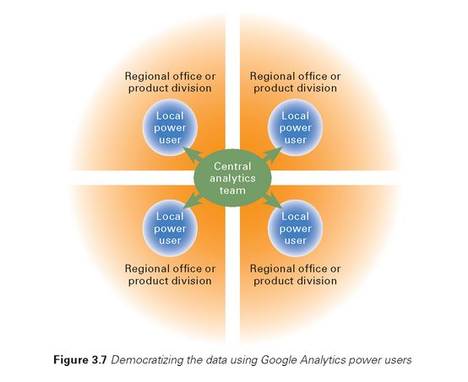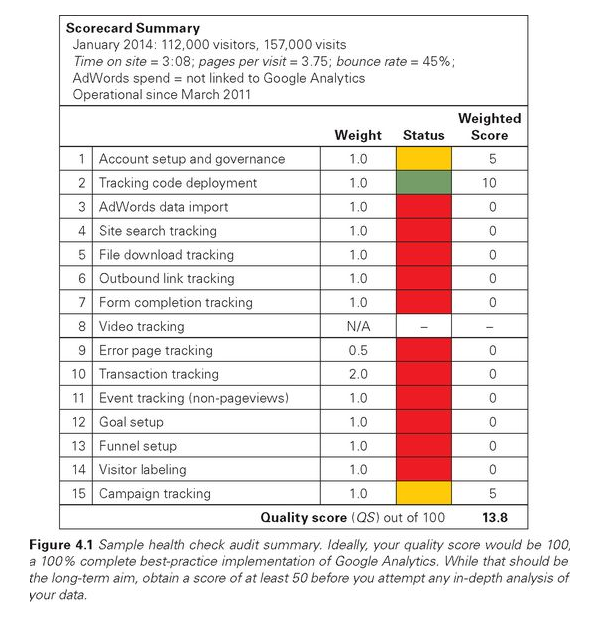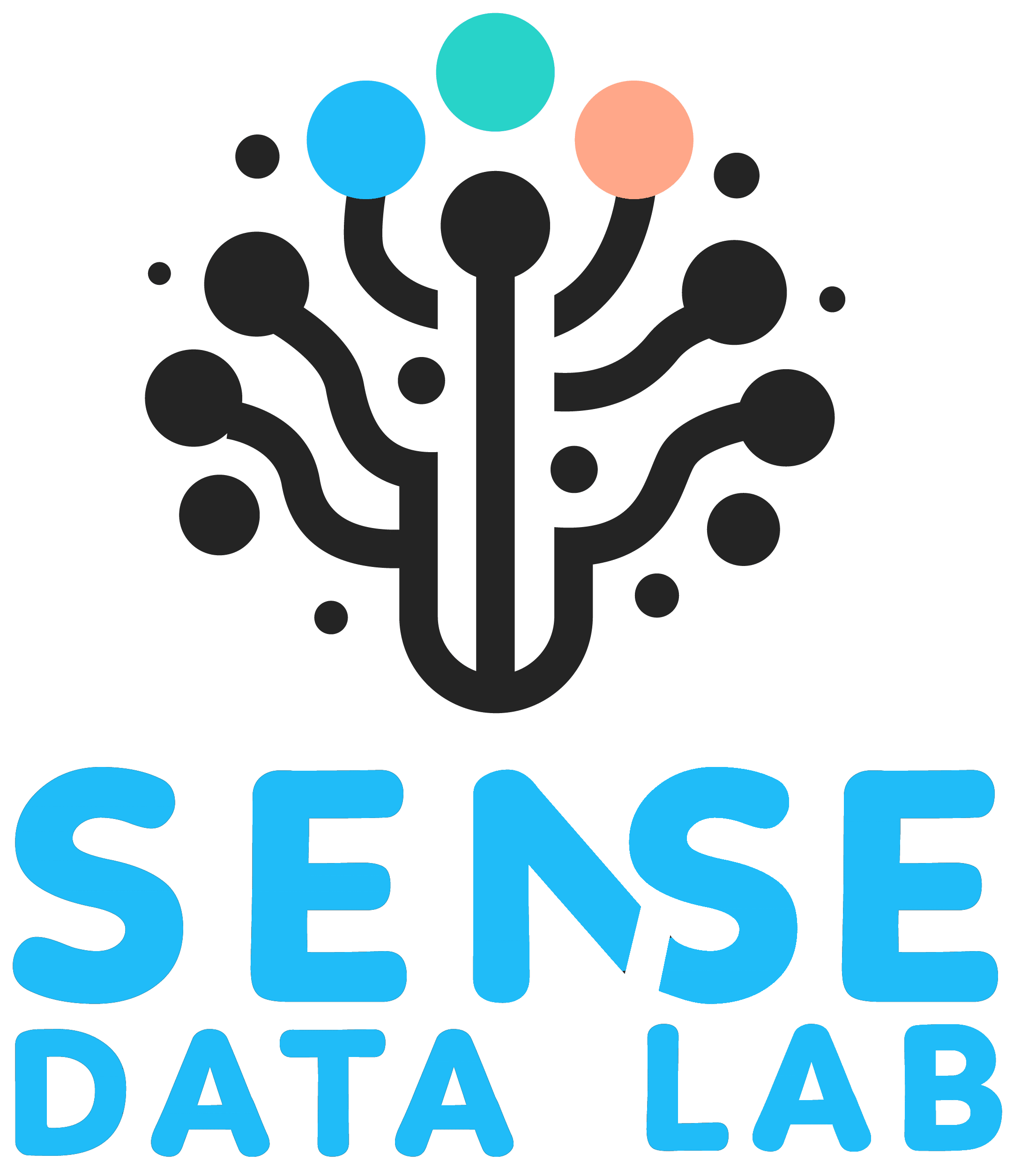Even with some amazing technical implementations organisations can often fall into some common pitfalls when utilising their analytics. This is often due to several different factors which can be prevented with careful planning and adopting certain processes.
-
Product
Arguably one of the most important issues which leads to the biggest headaches for businesses is data and department silos because of how the analytics platform was originally sold in and implemented.
It is not uncommon in larger organisations (and even some smaller ones) to see a disconnect between the analysts and the rest of the business. They are often called upon to present numbers or reports to senior stakeholders and connect with the IT teams to implement tracking on certain new elements or pages that are going live but often this is where their job ends.
On top of this there are various tools within the organisation that each department is using to report on their numbers leading to even more confusion and a reduced ability to make informed decisions.
In my opinion this problem starts during the sales process. One department or person is sold the dream of analytics and its benefits, the implementation is then based on the scope of this one individual or his department and then never revisited. The failure to consult any of the other business stakeholders, get buy in from senior executives and prioritise objectives and KPI’s being tracked that are vital to the business are a major issue.
Ultimately other departments are not going to see value in something that they don’t understand how to use and what its capabilities are. It is therefore essential to involve the head of the relevant department at the beginning of the project when defining its scope.
-
Process
Processes being overlooked is another area where tracking can often start to deteriorate and often become obsolete or corrupted. It is important to have the relevant processes in place to ensure that tracking remains up to date and correct.
It is therefore advisable to set up a communication process between your analyst, marketing teams and your IT teams to ensure that they are notified of any upcoming changes that are being made to the website and hence what tracking needs to be updated/implemented.
The nature of websites is that they tend to be fluid, content is created and updated periodically. This often means that tracking too needs to be updated and revisited on a quarterly basis,if content changes a lot, if not every 6 months to a year at least.
The team taking care of the analytics can use a balanced scorecard (see below) approach to measure their analytics health. Any outstanding issues should immediately be addressed and fixed.
You can download a sample scorecard here



Successful Analytics – Brian Clifton
-
People
Another pitfall is the limited understanding of the power and capabilities of the analytics platform. Often this comes down to people simply not understanding how to use the platform or pull information from it, the analyst is too busy to send reports which then leads to individuals and departments simply not using the platform at all.
Training on the tool is essential for effective use which is something that Sense Data Lab focuses on when providing our services.
Brian Clifton suggests having one central specialist team i.e. the analysts who then trains up power users in each department or region.
This allows for much more effective dissemination of information as for everyday tasks these power users will be able to help their own individual departments allowing the analysts to focus on more important revenue generating tasks and insights, for larger more complex analysis power users can refer to the specialist. Not only will this lead to a much more effective use of the platform but it will also enable teams to share one data platform, break down silos and enable a more collaborative data driven approach to decision making.
-
Precision
“I want to track everything” is a sentence often heard when starting out on implementation projects. Whilst this does seem sensible it often leads to confusion and then underutilisation of the tool due to information overload, data discrepancies and a loss of focus on the end goal which is to improve on KPI’s and objectives using data.
If you are starting out it is best to focus on tracking your key objectives and business KPI’s then refining these based on priorities. After gathering data, creating hypotheses, testing against these and taking a stepped approach you will not only get much more out of the tool but also generate more value and buy in from the wider organisation on the benefits of analytics.
- Predictions
Whilst numbers and trends can be interesting to look at for most analysts senior executives have a lot on their plate and when confronted with numbers will often have a response as to “so what?”. It is important when making predictions, hypotheses and drawing insights that the analysts answer these questions;
- What does this mean to the business?
- What can we do with this information?
- How might this help us reach improve KPI’s or reach objectives?
There are more things to look out for when moving to an improved analytics platform but keeping these 5 p’s in mind will help to set a solid foundation.

Recent Comments